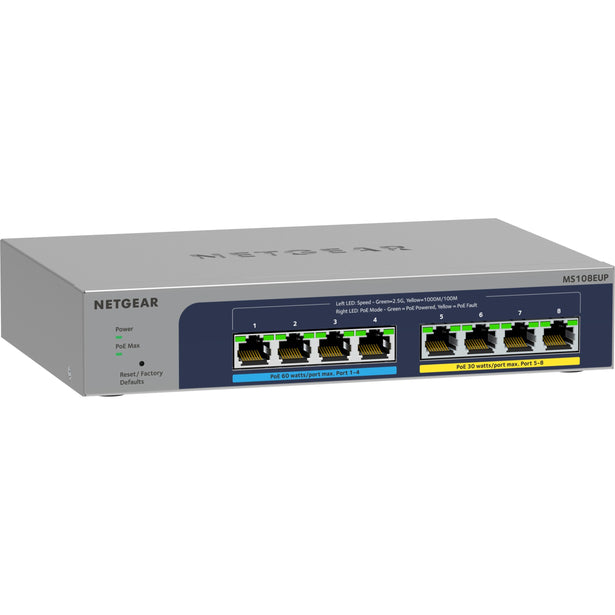



When selecting a network switch, consider the total number of devices you plan to connect and the type of data traffic in your network. Managed switches are suitable for larger networks with high traffic complexity, offering more control and features. Unmanaged switches work well for smaller networks with basic connectivity needs.

Network switch performance is often gauged by its data transfer speed, typically ranging from 10/100 Mbps to 10 Gbps and beyond. For optimal performance, select a switch that exceeds your current bandwidth requirements by at least 20-25% to accommodate future network growth and avoid potential bottlenecks.

Bridges can be used to segment a network into separate collision domains, reducing network traffic and improving performance. When incorporating bridges into your network, ensure they are compatible with your network's protocols and consider the impact on network structure and the additional latency introduced.



















